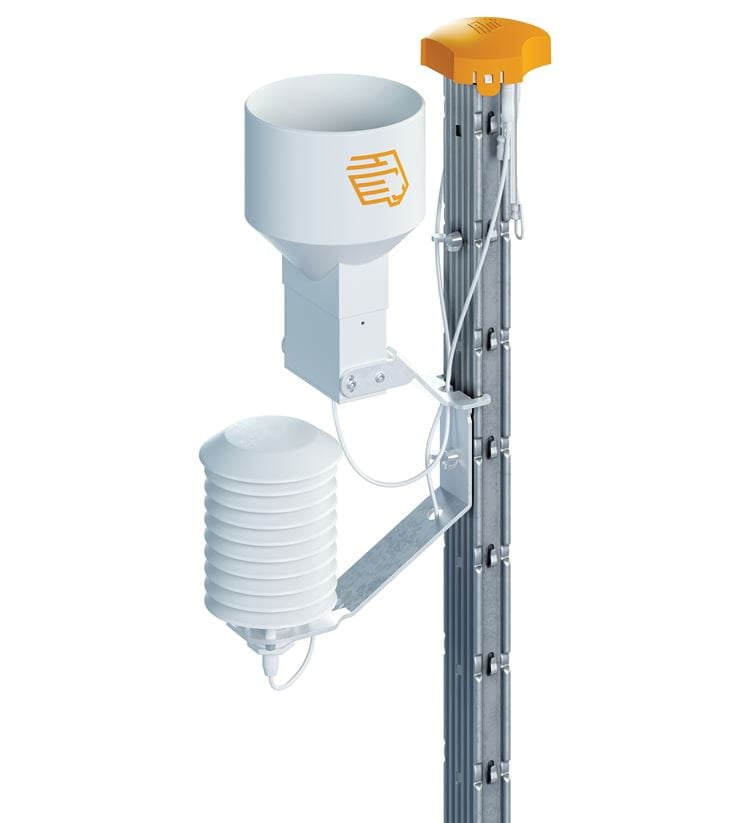Building automation
Industrial grade low power wireless connectivity for building automation and sensor networks

voestalpine Krems GmbH, part of the Austrian steel and technology group voestalpine, has launched a microclimate measuring solution designed for use in vineyards. The ‘leova® SMART’ device was developed by IoT solutions company, Microtronics, and employs Nordic Semiconductor’s nRF9160 low power SiP with integrated LTE-M/NB-IoT modem and GNSS. The product provides winemakers with a remote crop monitoring solution to provide reports on rainfall and fungal diseases, for example, as well as warn of potential upcoming frost events that could damage crops.
The leova SMART device is built on the base of a traditional vineyard post, and includes a rain gauge, an air condition sensor, a dual leaf wetness sensor (which can help differentiate between rain and dew) and an add-on frost sensor. It employs the computational power of the nRF9160’s 64 MHz Arm® Cortex®-M33 processor to oversee the various sensors and collate the relevant data. The Nordic SiP’s multimode LTE-M/NB-IoT modem with integrated RF Front End (RFFE) is then able to transmit the data to the leova SMART Cloud platform, where the historical data is stored. From the associated iOS and Android app, the user can graphically view the infection stress of their vineyard to help them better protect their crops. It also offers forecasts based on past data, and can send frost warnings as text messages.

“This device has been designed to measure the microclimate directly in each user's vineyard and enables sustainable and optimized time and resource management in viticulture,” says Matthias Stumvoll, leova SMART Sales Manager. “The recorded microclimate data on leaf wetness, temperature and humidity are the basis of the forecasts for fungal diseases. From there, the viticulturist can implement targeted, individual crop protection.
“This is especially important due to the effects of global warming, as crop failures due to late frost have annual costs in the upper double-digit millions in the Austrian viticulture and fruit-growing sector alone.”
As large vineyards tend not to have electricity or internet access, Microtronics equipped the base stations with long-life cell alkaline batteries which allow the device to run reliably for extended periods, thanks in part to the class leading power consumption of the nRF9160 SiP, featuring both PSM and eDRX power-saving modes which enable it to sleep for longer periods of time.
“One of the main reasons we selected the nRF9160 SiP was that it is ideally suited for low-power mobile communications applications, using LTE-M and NB-IoT future-proof technologies,” says Reinhard Schatz, Head of Firmware at Microtronics Engineering GmbH. “Choosing a SiP was also a major benefit because it’s an ‘all-in-one’ solution that requires fewer external components.
“Nordic’s nRF Connect SDK [software development kit] was very helpful when developing our application code. We have worked for a number of years using Nordic products and have always appreciated Nordic’s low power ‘mindset’, developer support and DevZone community.”
Industrial grade low power wireless connectivity for building automation and sensor networks